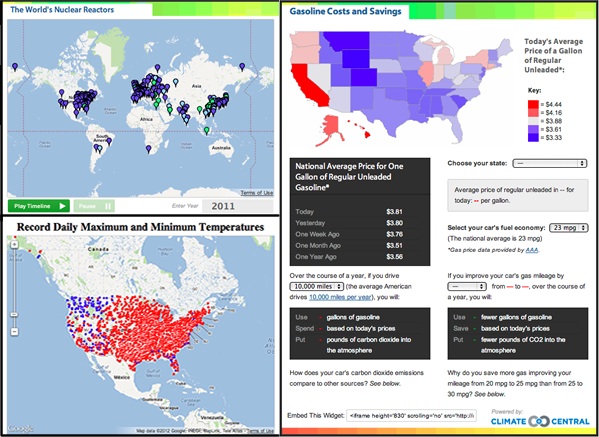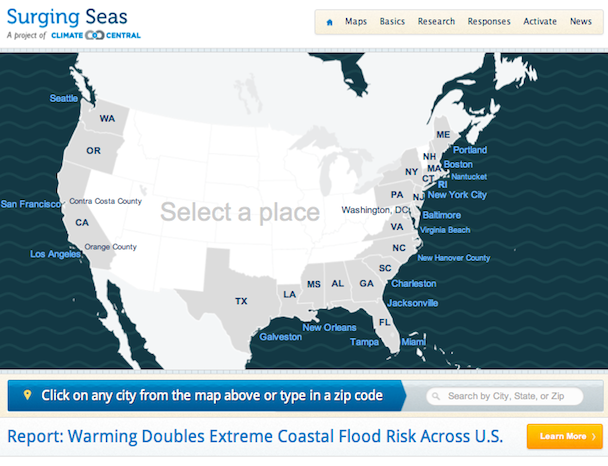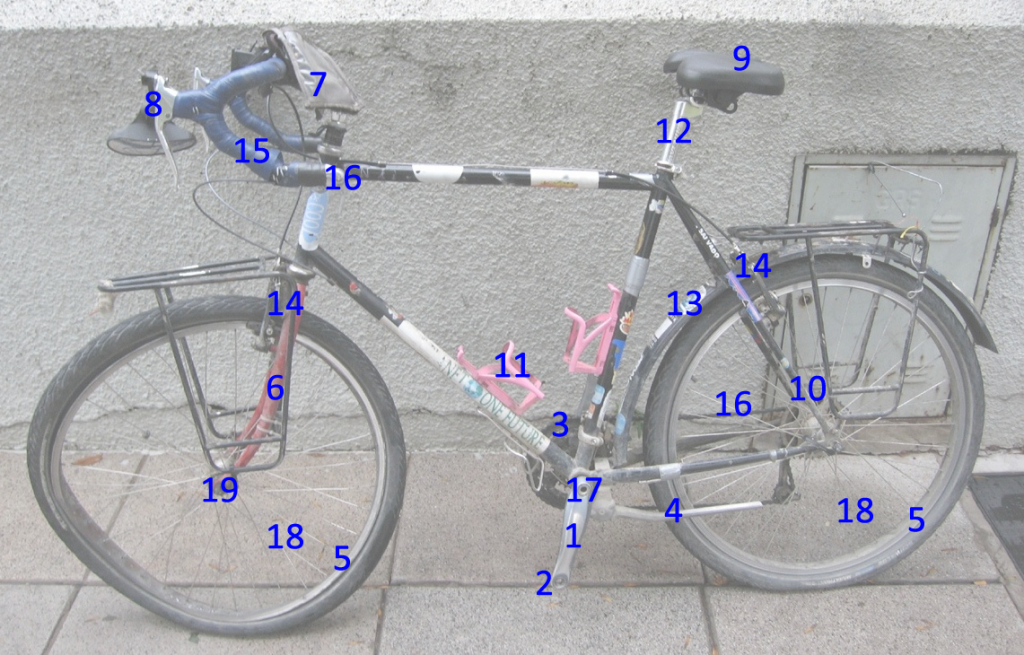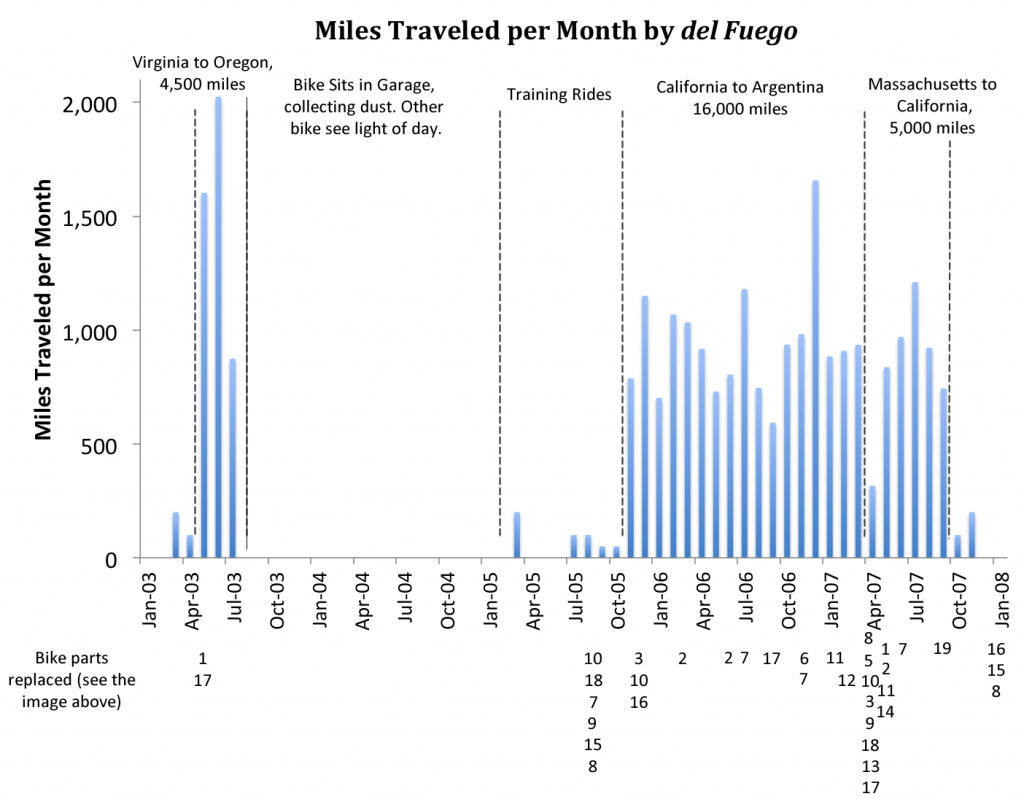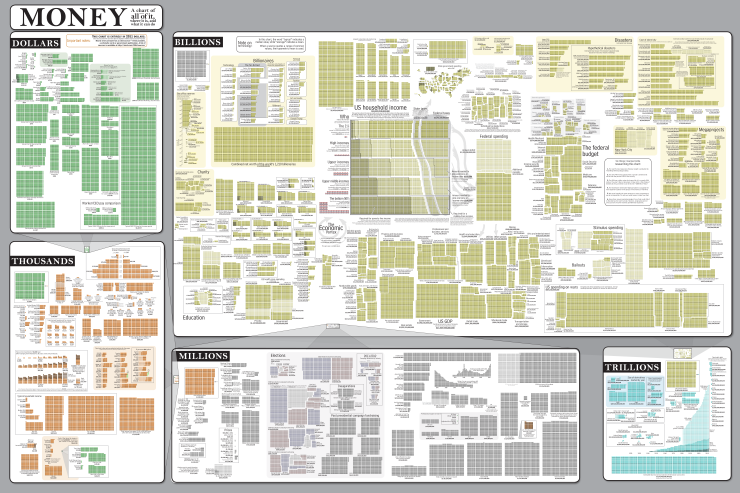This past weekend, I attended the Science Writers 2011 annual meeting, which was held in Flagstaff, Arizona this year. I led the do-it-yourself data visualization workshop, where I showed people how to make a google map with markers displaying where everyone at the conference lives. The previous post describes how to make this interactive.
The map is below. Of 333 attendees, 120 people have attended three or more before this year, and 113 are first timers. Because most writers are concentrated in cities, thus making the markers overlap (zoom in to San Francisco or New York), the map makes it look like we’re more spread out across the country than we actually are. Although 38 states are represented, over two thirds of the attendees are from just nine states/districts: California (63), Arizona (35), Maryland (23), New York (21), DC (19) North Carolina (17), Colorado (15), Massachusetts (15), and Pennsylvania (14).
Veterans are slightly more likely to come from the Northeast than new members — which would make some sense. Because media is concentrated in the Northeast, I’d expect more writers to be from there. But new-timers, who are probably less convinced he or she should attend, are probably more likely to attend if the conference is closer to home.
I talked to an “old timer,” a former colleague who has been to about 10 of these annual meetings. I asked if the meeting had changed much in his time. He said “no.” I prodded more, and he remarked that the average age keeps on getting younger in comparison to his own age. He added that when it is held in the Northeast, there are far more attendees, and the majority are (unsurprisingly) from that region. In fact, last year, when the conference was in New Haven, there were more than twice as many attendees.
After this conversation, I wanted to know if states were over or underrepresented, compared to their population. So I downloaded each state’s population from Wikipedia, and compared each state’s percentage of the U.S. population to the percentage of Science Writers 2011 attendees from that state. The result (made from Google Charts and copying code from this graphic), is below.
Unsurprisingly, Arizona is the most overrepresented state. The western states and the Northeast are also well represented, and most other states, minus a few outliers, are “missing science writers” at this conference (roll the mouse over each state).
I’d like to see how the distribution of science writers changes with time, and why. Another board member told me that although total membership in NASW was holding steady, there are now far more freelancers and public information officers, and fewer representatives of news-printing organizations. What does that mean for the distribution of science writers in the country? Does the increased “freedom” of freelancing allow people to spread out across the country, or do they decide to cluster in cities in California and New York?
Of course, I can’t answer those questions with this data — I can only tell who decided to attend this one conference. I’d have to dig through the NASW history and do more actual reporting. But it would be interesting to compare this map to other years. I guess I’ll just have to go to #sciwri12 next year, in North Carolina.



